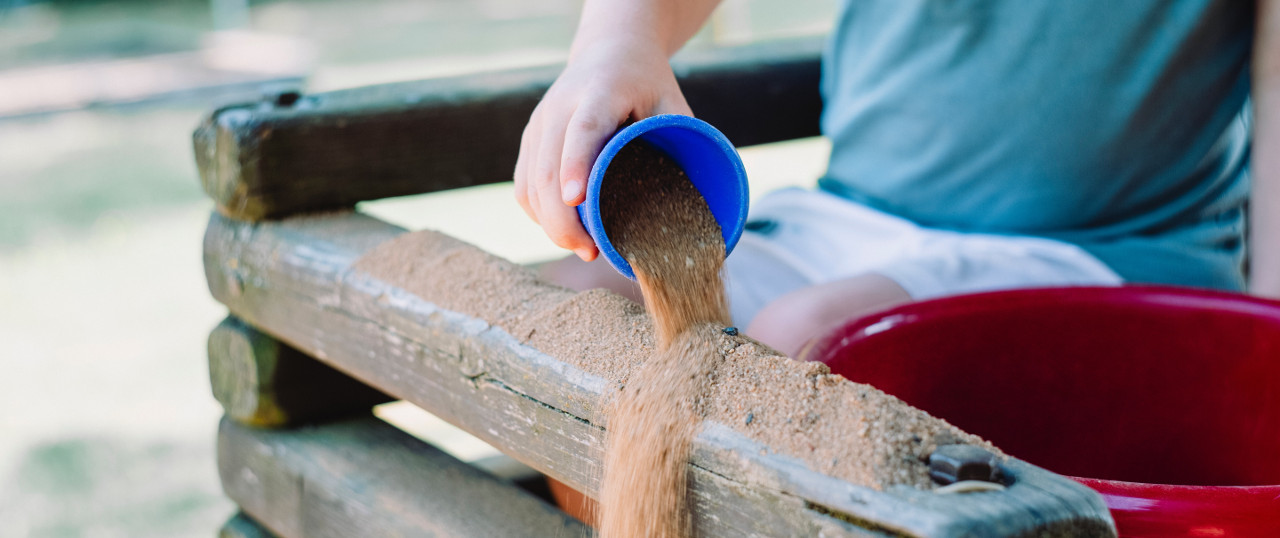What Should be in a Preschool Playground
Photo by Markus-spiske from Unsplash.
Deciding on what to put in a preschool, daycare or childcare playground can be difficult. But it shouldn’t be. There are lots of considerations about the number of children that will be using it, which equipment is right for your playground size, how many caregivers or educators are needed to safely watch children on the playground and a host of other considerations. It is unnecessarily overwhelming. Here we take you through each step for a simple explanation of what to place in your play area(s) for a safe, educational and fun time that will help children meet the milestones for their age group.
What age groups are using it?
Preschool is sometimes used as a catch-all term for a wide range of ages and ability levels. During this time period, children experience rapid growth in their gross motor skills, fine motor skills, cognitive reasoning and vestibular sense. Splitting it into two main groups that are often covered in what some might call the preschool age fits children with the most appropriate playground equipment:
6 - 23 Months Old
These children are just starting to crawl all the way up to fairly capable walkers that are starting to run. Stairs are surmountable for some, but the majority of the time they still require assistance. They are still struggling to grasp small objects and might still be working on using a spoon or fork.
2 - 5 Years Old
These are children that are walking, talking and have discovered independence and aren’t going to follow your lead unless they want to. Children start jumping, hopping and running with ease. They are able to manipulate much smaller objects now and possess greater dexterity than previously. They also experience a large amount of growth during this time and it makes for some awkward moments as they attempt to figure out their new bodies.
Just in these two groups they possess very different physical abilities that makes it essential to create different play areas that address all of these needs.
How big is your play space?
Oftentimes the first most defining quality will be how much space do you have. You can have all of the money in the world and still be unable to add a playground to your school if there is no space. Measuring the space will determine which items can be placed in your play area. Our Design Services page walks you through what to look for when evaluating your space.
What type of playground equipment do I need?
Every child and every facility is different. What works in one community may not work in yours. We have gathered together some of the most common pieces of playground equipment with a list of each of its benefits to help you decide on what works for your children.
Playhouses
Playhouses can vary in size and theme. The hallmarks of a playhouse are that it is typically enclosed with a roof, has a clear doorway and is smaller than most play structures. Playhouses bring multiple benefits as they are intimate settings that encourage socialization, group play, parallel play and imaginative play while working on key developmental skills such as fine and gross motor skills, cognitive thinking and sensory awareness. Nature themed playhouses in particular can create a seamless transition from their play area to the space around them.
Swings
Swing work on a child’s vestibular sense which is sometimes simply referred to as balance. Children use gross motor skills as they learn to pump their legs and swing on their own. Bucket seats are a good choice as they provide back support while helping them to sit upright. For playgrounds with limited space, a T-Swing can be an excellent option allowing for two bucket seats in a smaller area. Belt seats can be used in play areas designated for ages 2 to 5 on 8-foot top rail or higher swing sets.
Spring Riders (Bouncers)
A classic piece of playground equipment that allows children between the ages of 2 to 5 to work on their balance. Spring riders have been a playground favorite for generations. Children use their cores to generate the power to move their ride.
Slides
Slides are always a hit at any playground. While being a great gross motor skill activity to climb up and to push off, it continues to work children’s vestibular sense as they ride down. Young children in the 6 to 23 month age group is best kept on slides that are 32” or less for the safest ride, making integrated slides like on the Happy Hollow a good match.
Composite Structures
Composite structures are more traditional play systems that incorporate slides, climbing and many other physical skills into a single area. Composite structures often times allow the largest combination of activities for the most condensed space and price. We have separated our structures by 6 - 23 months, 2 - 5 years, 2 - 12 years and 5 - 12 years to make searching for the right playground even easier.
How Do I Get Started?
Not sure where to start? Be sure to check out our Getting Started page and our Planning and Resources page to help you on your playground journey.


